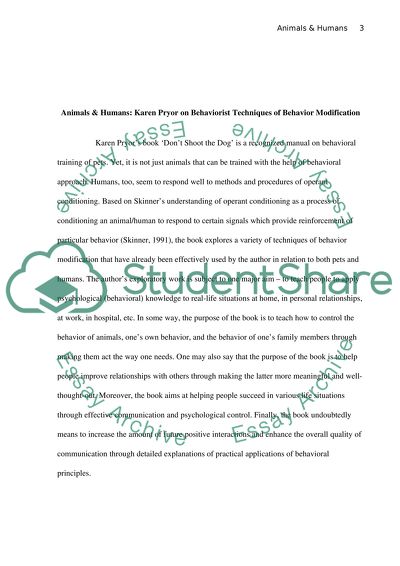Cite this document
(“Karen Pryor on Techniques of Behavior Modification Book Report/Review”, n.d.)
Karen Pryor on Techniques of Behavior Modification Book Report/Review. Retrieved from https://studentshare.org/psychology/1439387-summarizing-key-points-in-karen-pryoryies-best
Karen Pryor on Techniques of Behavior Modification Book Report/Review. Retrieved from https://studentshare.org/psychology/1439387-summarizing-key-points-in-karen-pryoryies-best
(Karen Pryor on Techniques of Behavior Modification Book Report/Review)
Karen Pryor on Techniques of Behavior Modification Book Report/Review. https://studentshare.org/psychology/1439387-summarizing-key-points-in-karen-pryoryies-best.
Karen Pryor on Techniques of Behavior Modification Book Report/Review. https://studentshare.org/psychology/1439387-summarizing-key-points-in-karen-pryoryies-best.
“Karen Pryor on Techniques of Behavior Modification Book Report/Review”, n.d. https://studentshare.org/psychology/1439387-summarizing-key-points-in-karen-pryoryies-best.


